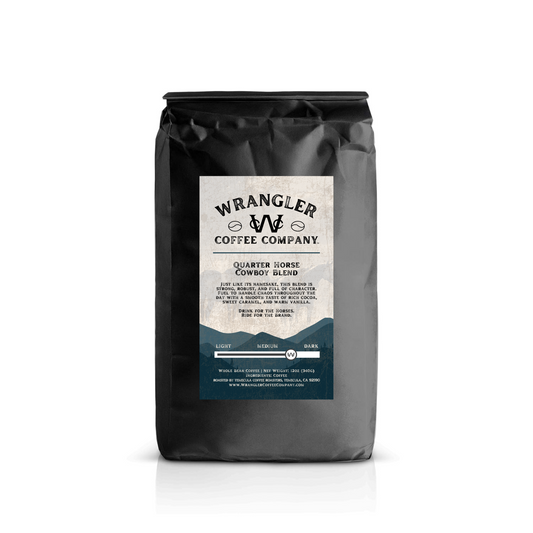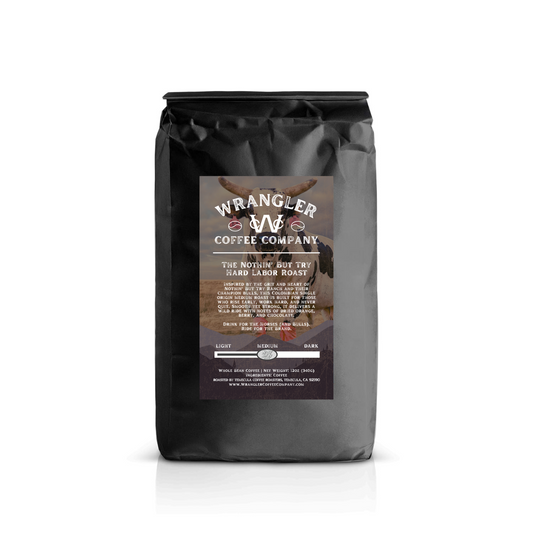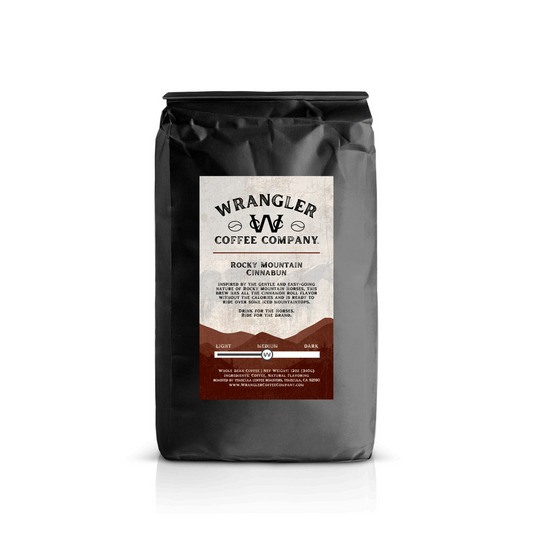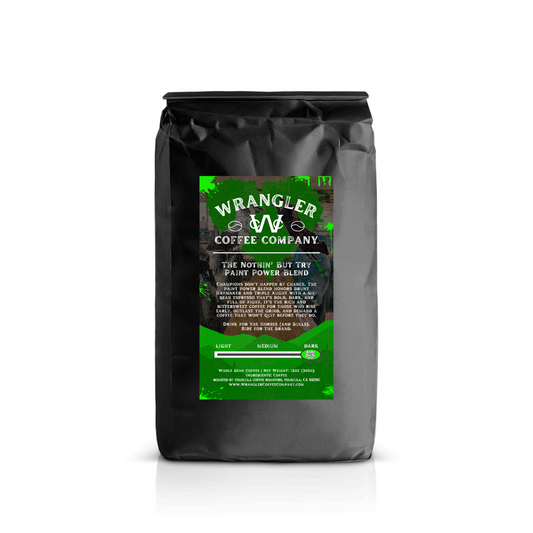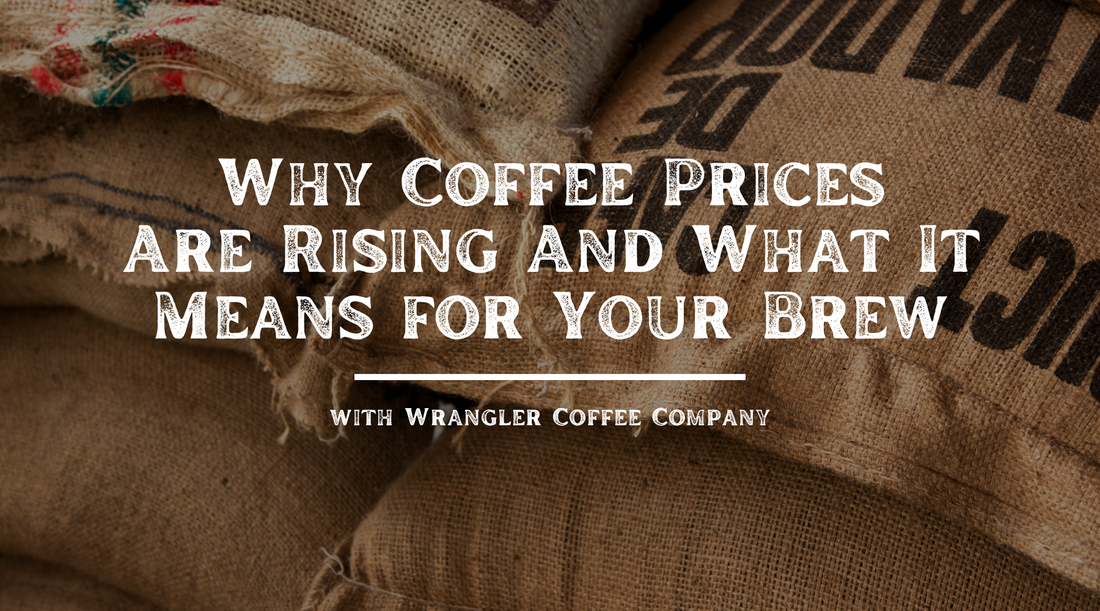
Why Coffee Prices Are Rising And What It Means for Your Brew
Share
If your daily cup of coffee has started costing a little more lately, you're not alone—and you're not imagining things. Over the past year, coffee prices have steadily increased across the globe. From small-batch brands (like us) to large corporate brands, everyone is feeling the impact.
So, what’s really driving this surge in coffee prices? And how does it affect your favorite cowboy-style brew? In this post, we’re breaking down the key factors behind the rise in coffee commodity prices—and what it means for coffee lovers everywhere.
1. Climate Change and Unpredictable Weather Are Slashing Harvests
Coffee is a sensitive crop. Even minor changes in weather can disrupt harvests, and in 2024 and early 2025, producers have faced more than minor changes.
In Brazil—the world’s largest coffee exporter—farmers experienced a brutal one-two punch: record-breaking droughts followed by unexpected frosts. This severely damaged the arabica coffee crop, the very beans behind many smooth, rich brews. Meanwhile, Vietnam, the leading exporter of Robusta beans, faced extreme heat that hurt yield and quality alike.
Less coffee on the global market leads to tighter supply and higher prices. For specialty coffee brands like us, it means paying more just to maintain the same quality standards you expect in every cup.
2. Global Supply Chain Disruptions Are Still a Problem
While pandemic-era disruptions have faded in some industries, global shipping remains a challenge—especially for agricultural commodities. Delays at ports, a shortage of shipping containers, and increased fuel costs have all contributed to a rise in transportation costs.
What used to be a predictable supply chain is now filled with uncertainty. Beans that took four weeks to arrive might now take six or more, and the cost of getting them here has risen dramatically. These disruptions force importers, roasters, and brands to adjust pricing just to stay afloat.
3. Production Costs Are Up Across the Board
Running a coffee farm is hard work. And like everything else in the global economy, the costs of labor, fertilizers, fuel, and equipment are climbing.
For many small farms—especially in Latin America and Africa—rising costs make it harder to stay in business. As our coffee farmer's costs increase, so too does the price we pay to support ethical, sustainable practices.
This isn’t just about economics; it’s about doing right by the people behind your cup of coffee.
4. Tariffs and Trade Policy Shifts Add More Pressure
In the U.S., changes in trade policy—including increased tariffs on imported goods—are also contributing to higher coffee costs. While big corporations may have teams to strategize around shifting trade rules, small businesses like ours absorb these changes more directly.
When tariffs rise, importers pay more. Those costs trickle down the supply chain, eventually affecting wholesale and retail prices. It’s just one more reason why your favorite beans may cost a bit more than they did last year.
5. Speculative Trading Has Increased Market Volatility
Coffee is a global commodity, which means it’s traded on financial markets. Recently, speculative investors have poured money into coffee futures, betting that prices will continue to rise. While that might sound like Wall Street jargon, it has real consequences.
Increased speculation drives short-term price volatility. That means small roasters trying to budget for green coffee beans may find prices swinging wildly week to week. Stability becomes harder to plan for, and uncertainty becomes the norm.
What This Means for You—and for Us
At WCC, we believe in transparency. We’re not raising prices because we want to—we’re doing it because we have to, in order to continue delivering high-quality coffee.
We've always taken pride in providing low-waste, small-batch coffee and supporting our farm partners around the world. But continuing to do that in today’s market means adapting to these new realities.
We’ve absorbed rising costs as long as we could by streamlining our processes, reducing packaging waste, and building close relationships with our suppliers and roasters. But to stay sustainable, we’ve had to make small price adjustments. This helps ensure that we can keep serving coffee responsibly, consistently, and worth every sip.
How You Can Help
Supporting small, family-run coffee brands like us makes a big difference. When you choose to buy from independent brands instead of mass-market alternatives, you're backing more than just a bag of beans. You're helping build a better, more resilient coffee industry—one that supports farmers, invests for the long-term, and delivers the kind of quality you can taste.
So the next time you brew up a bold cowboy coffee or pour your morning cup, know that it’s part of something bigger. And if it costs a little more than it did last year, now you know why—and we promise, it’s still worth every penny.

